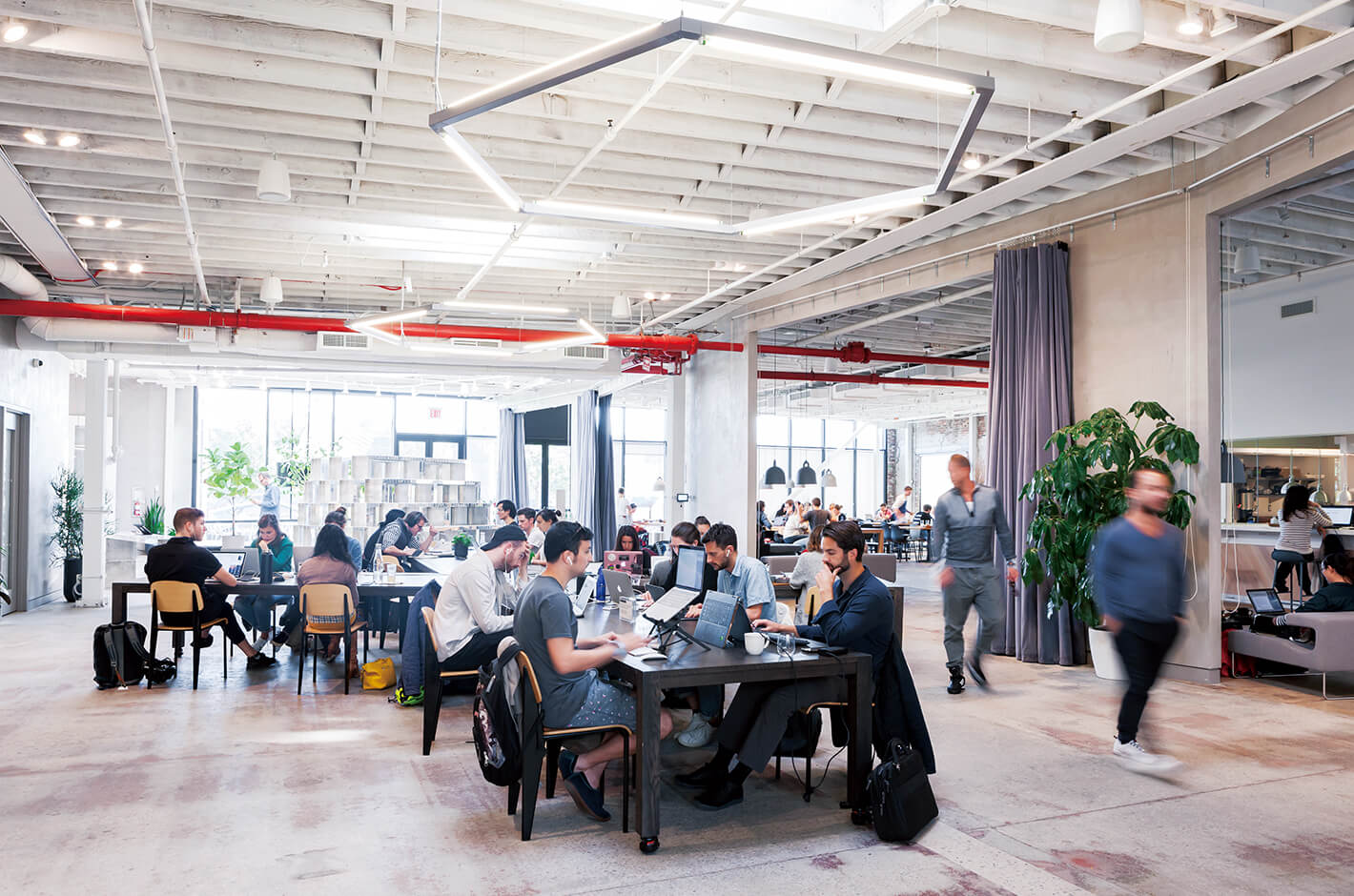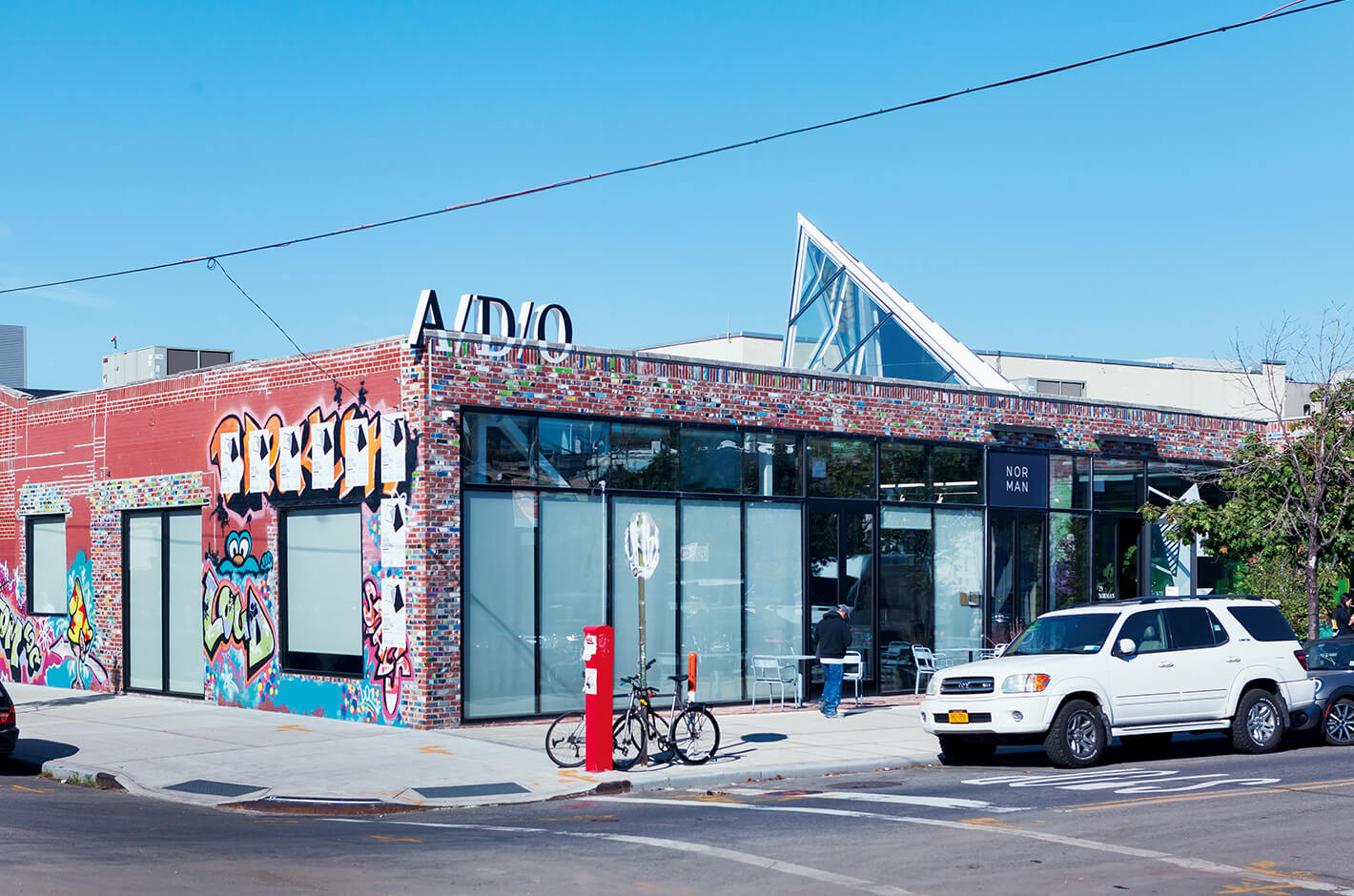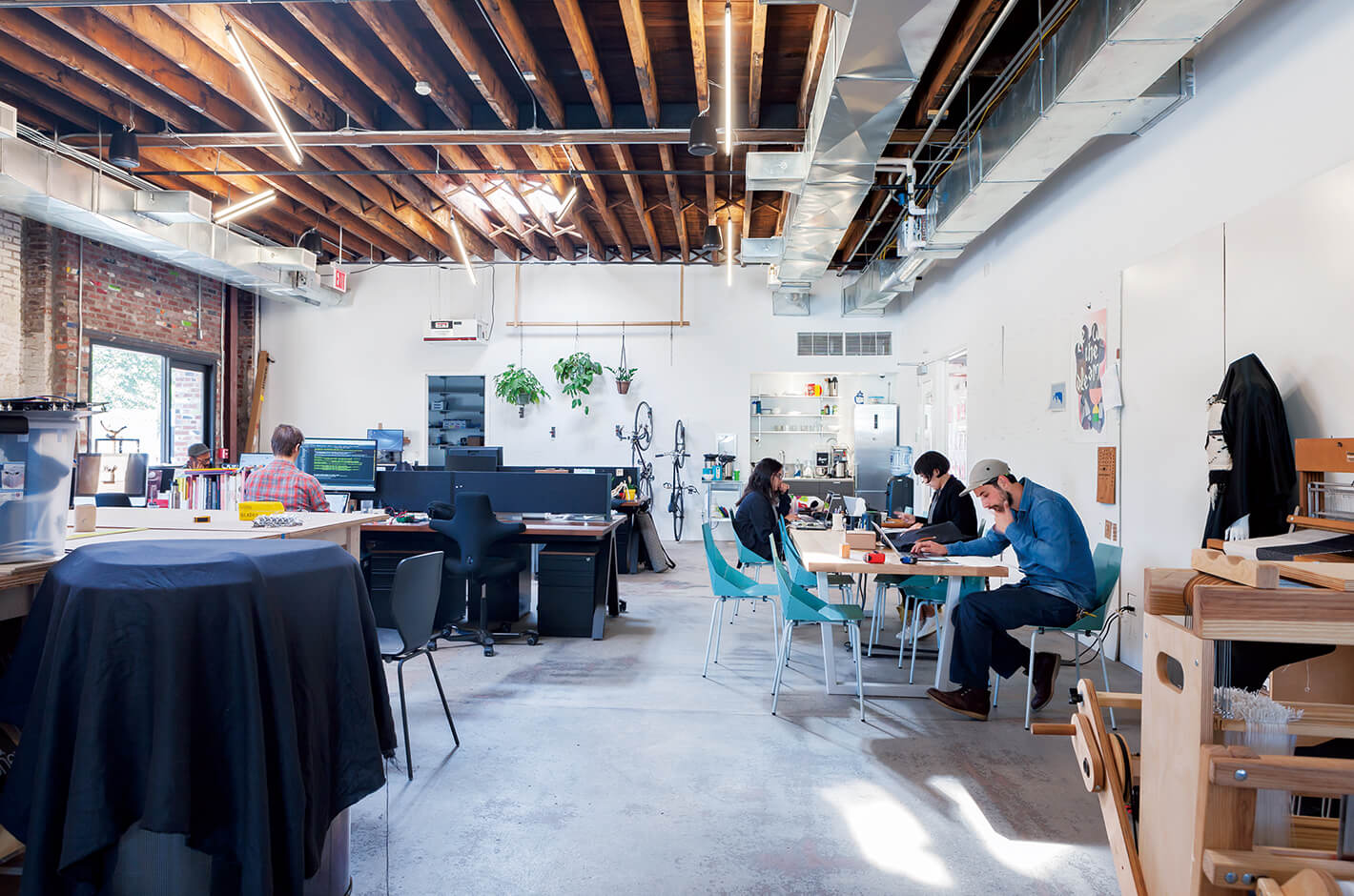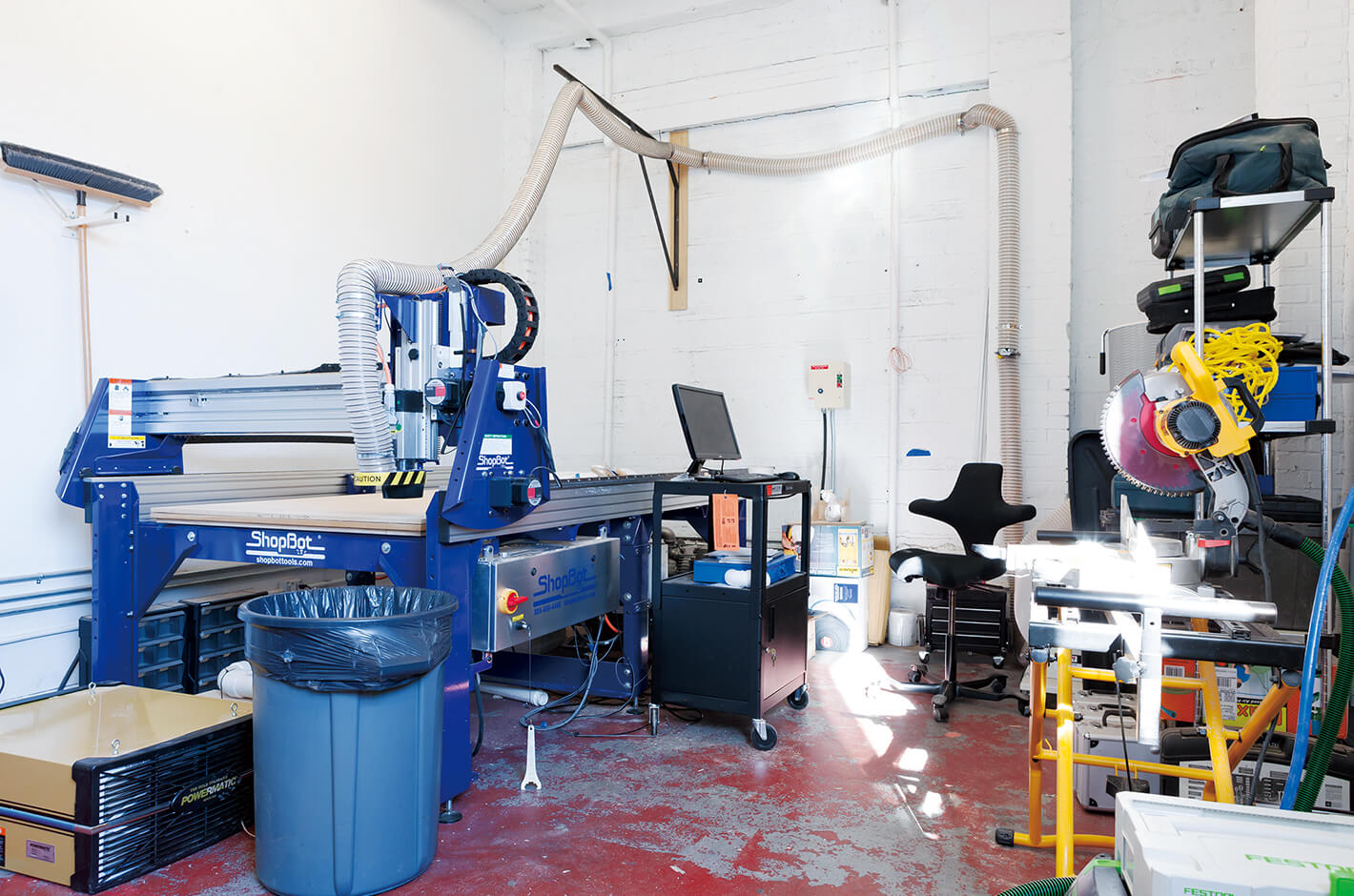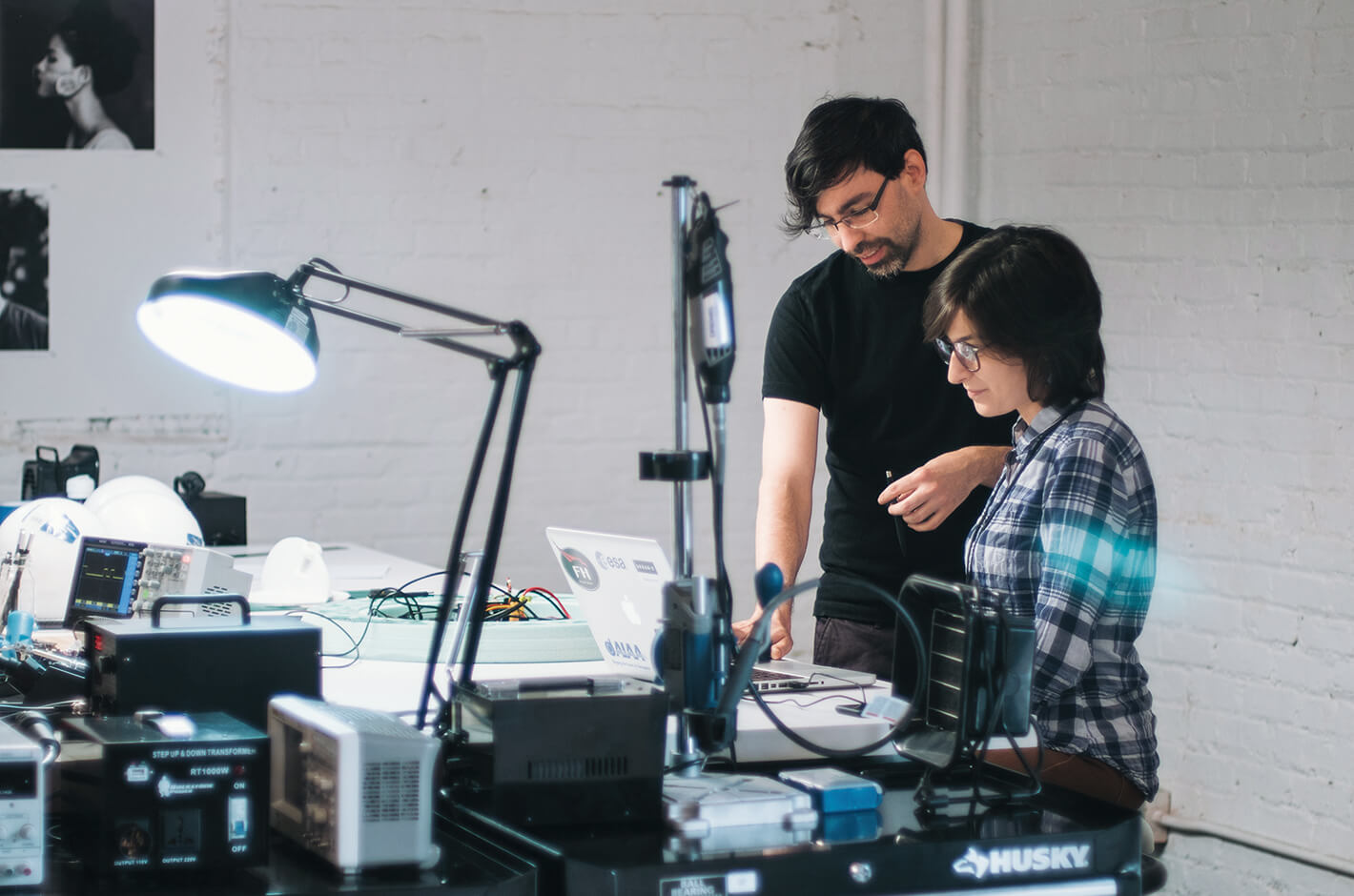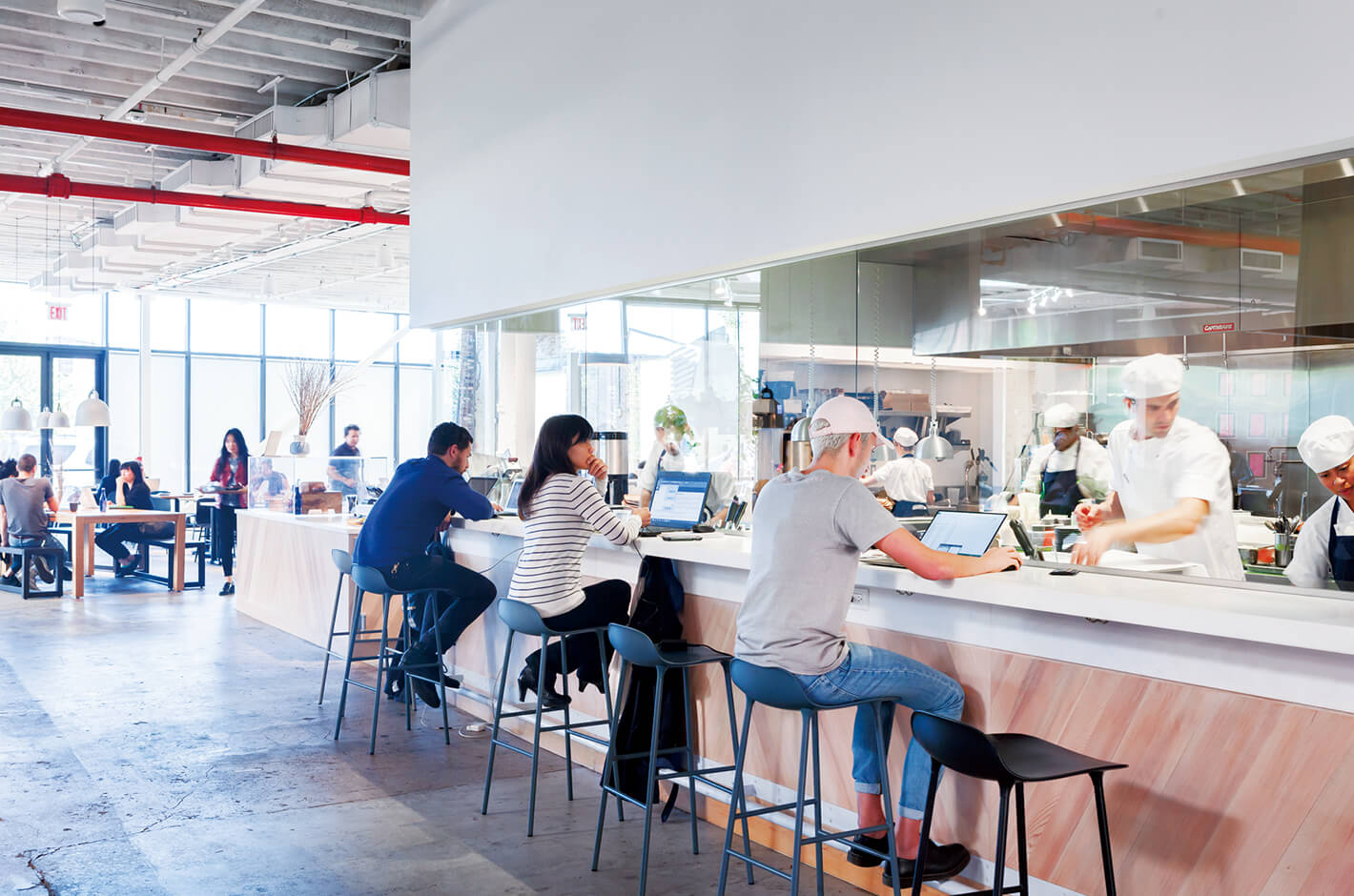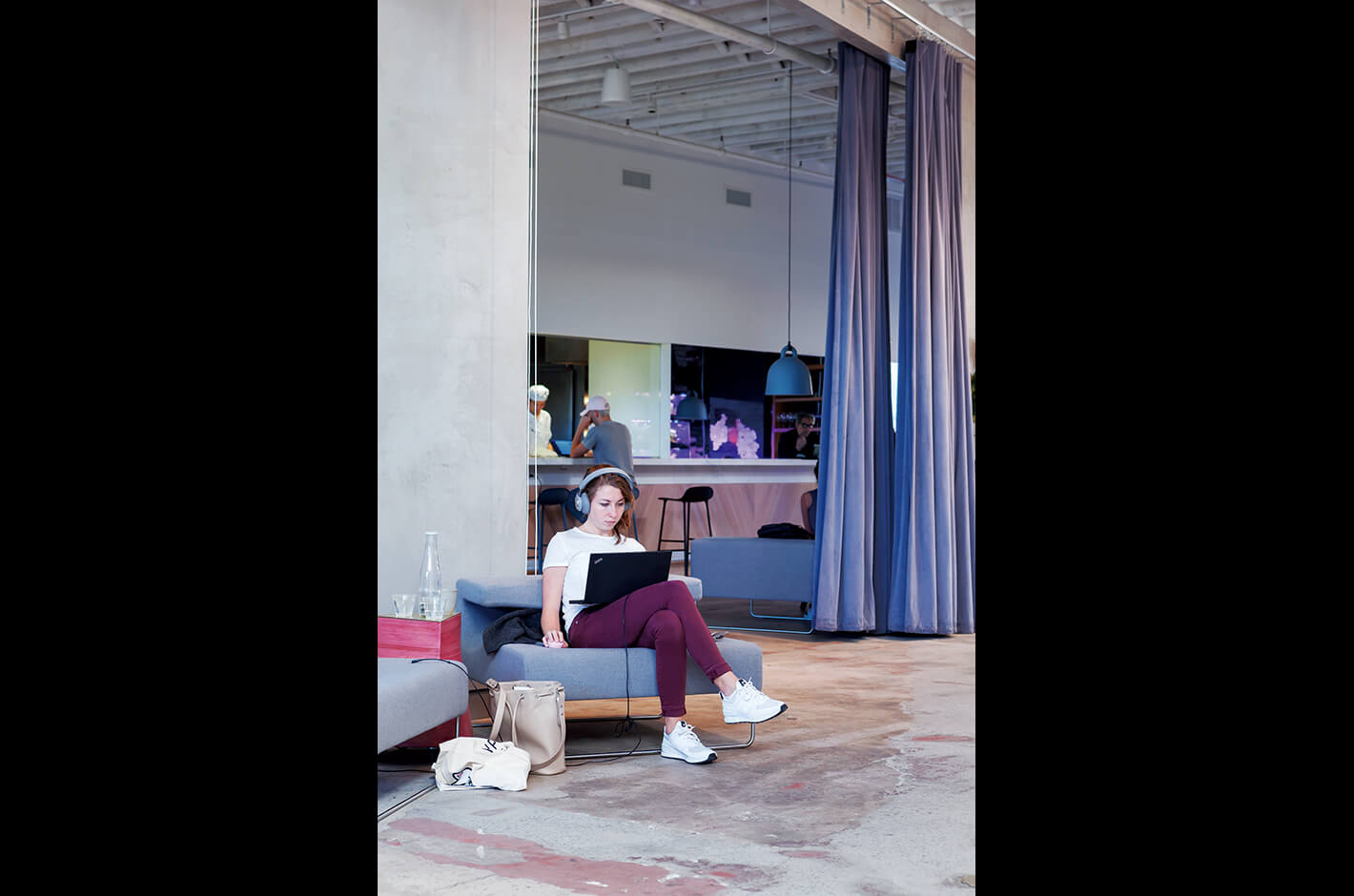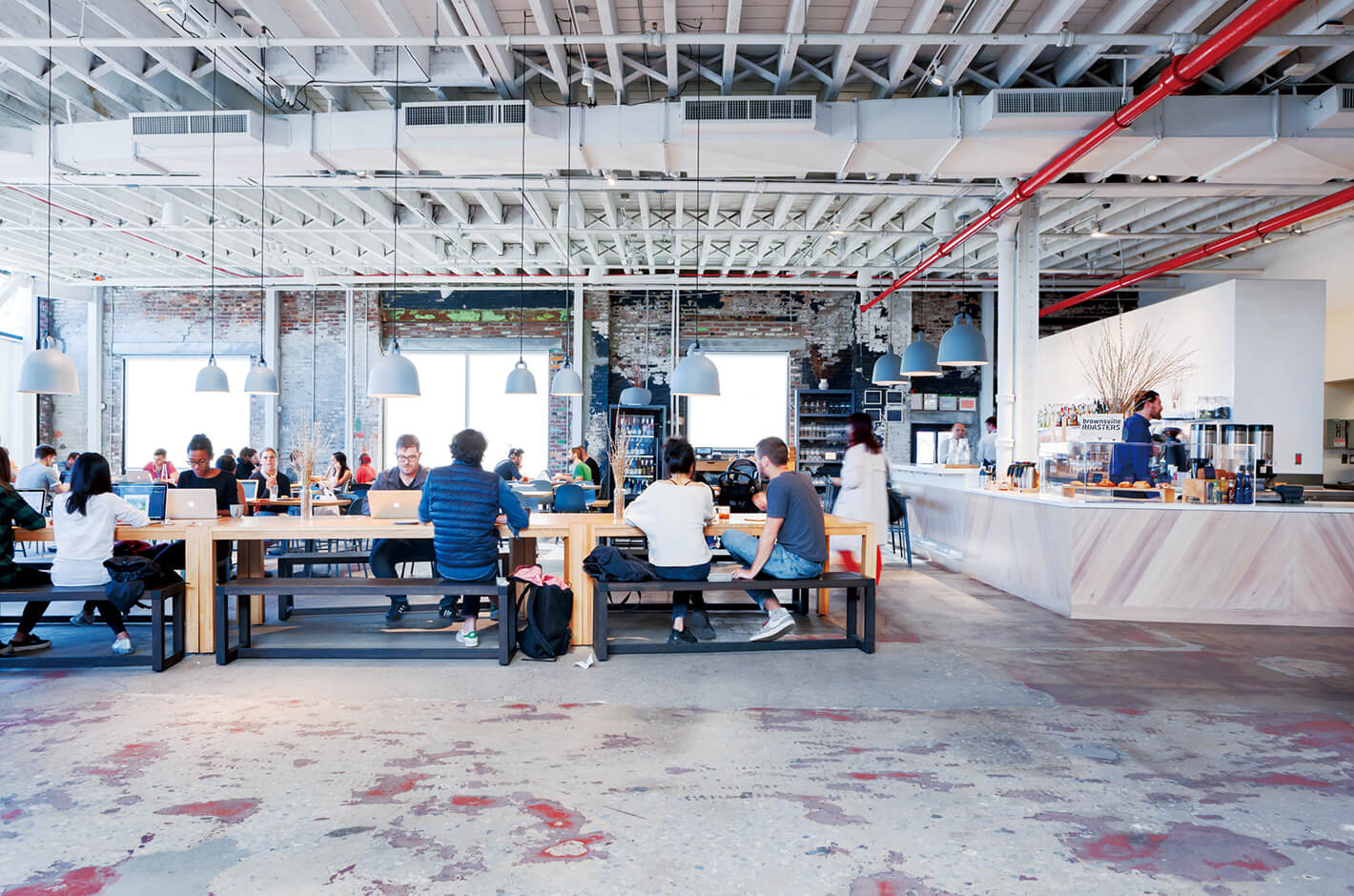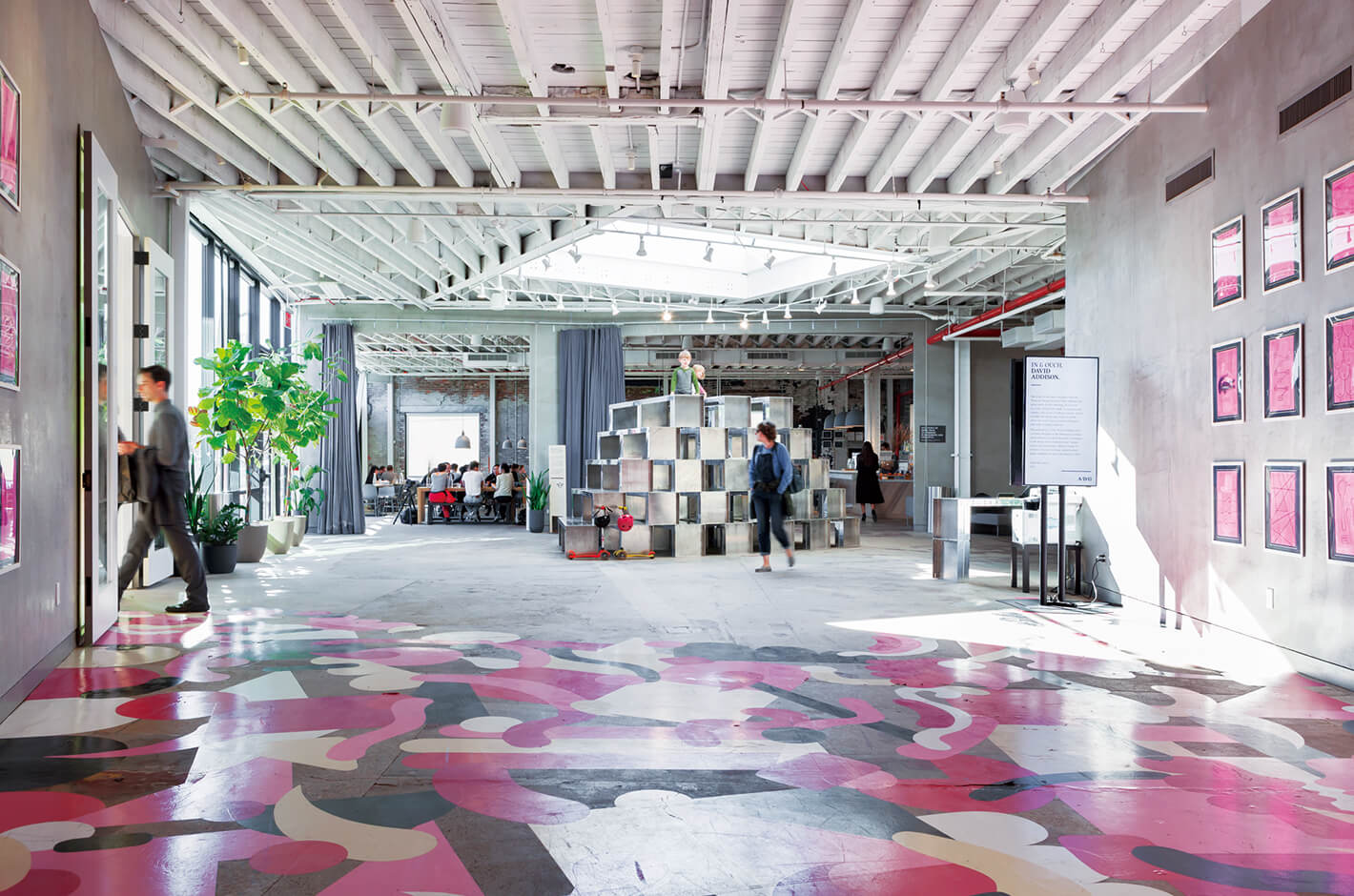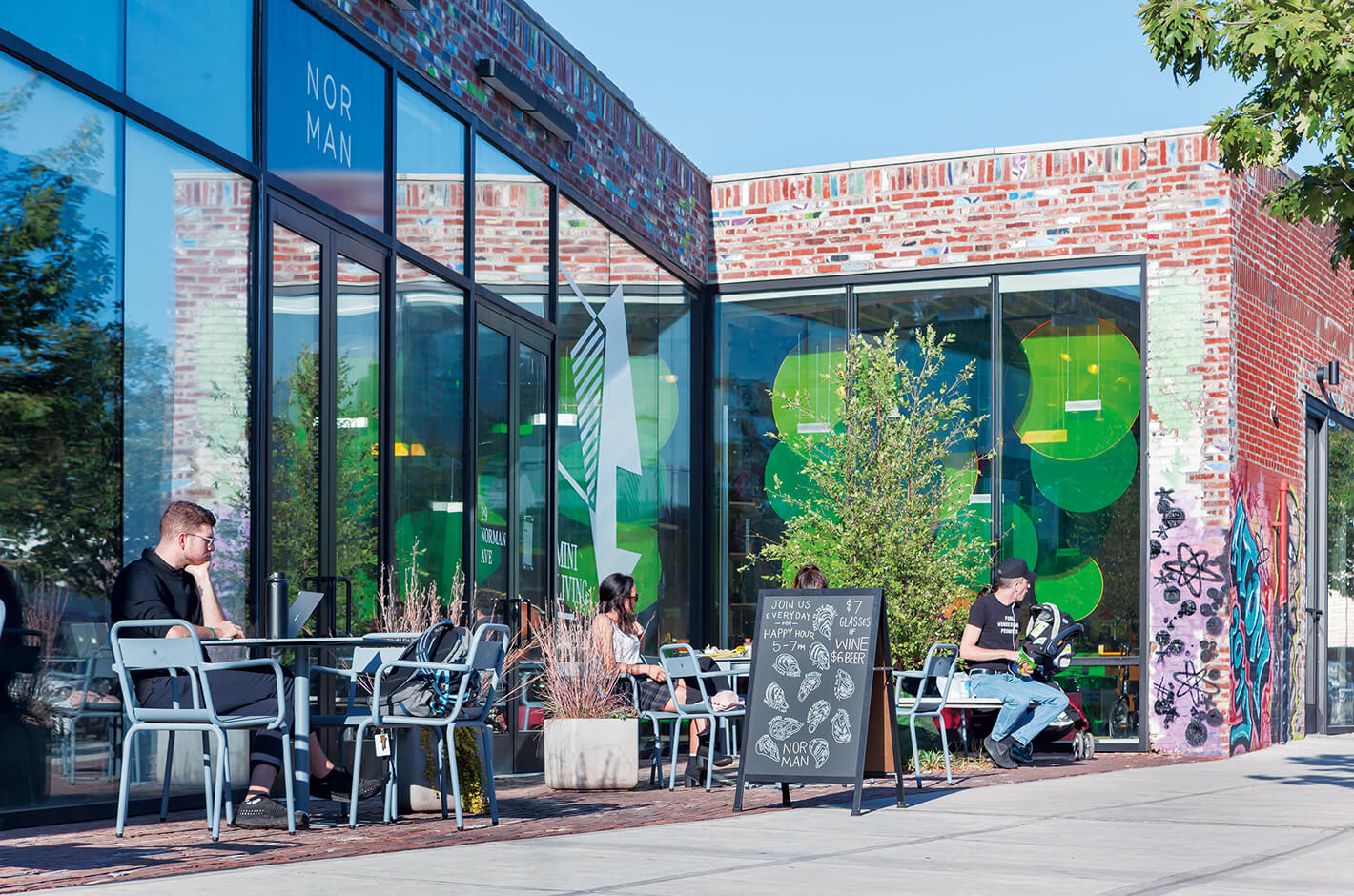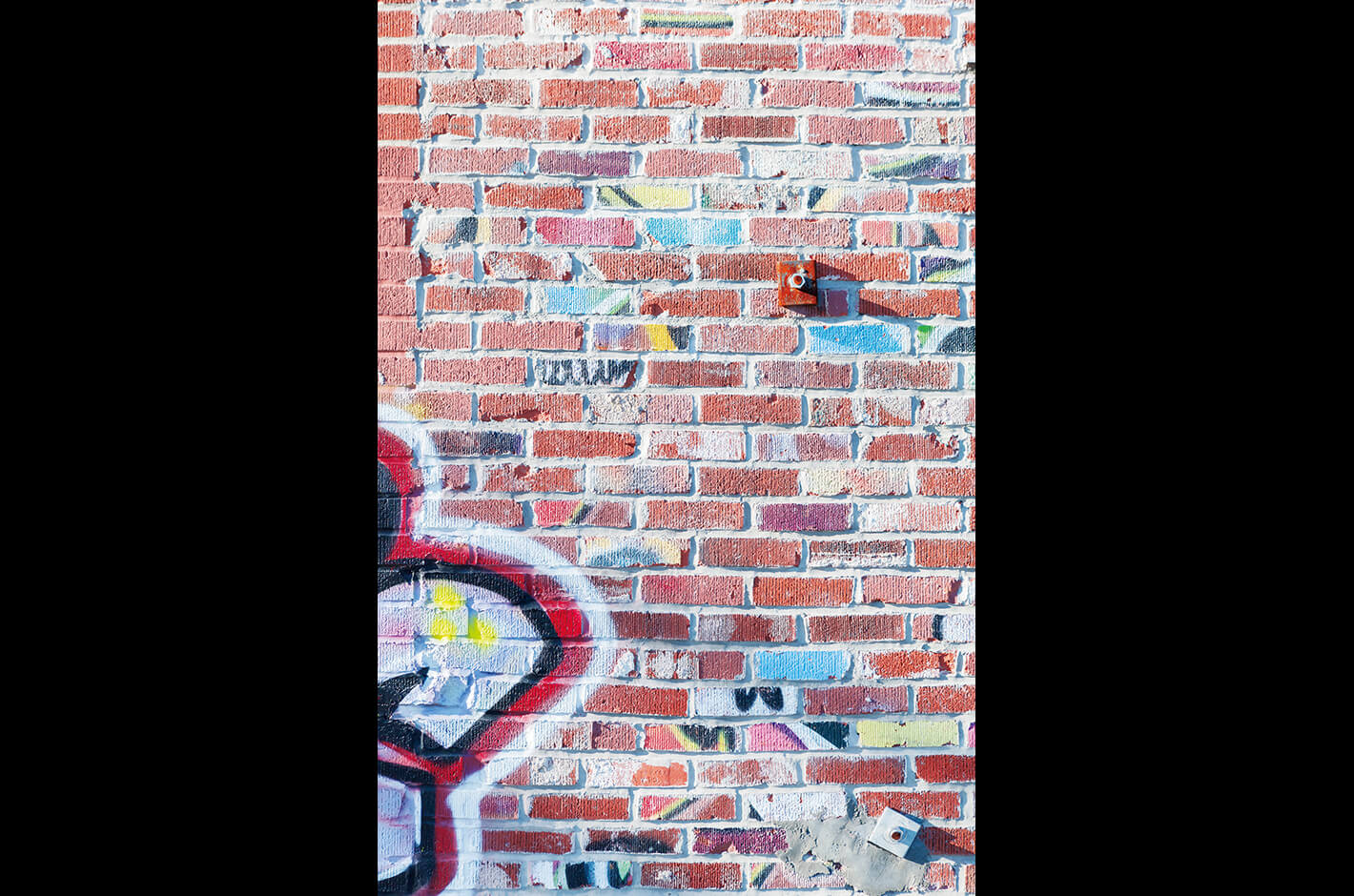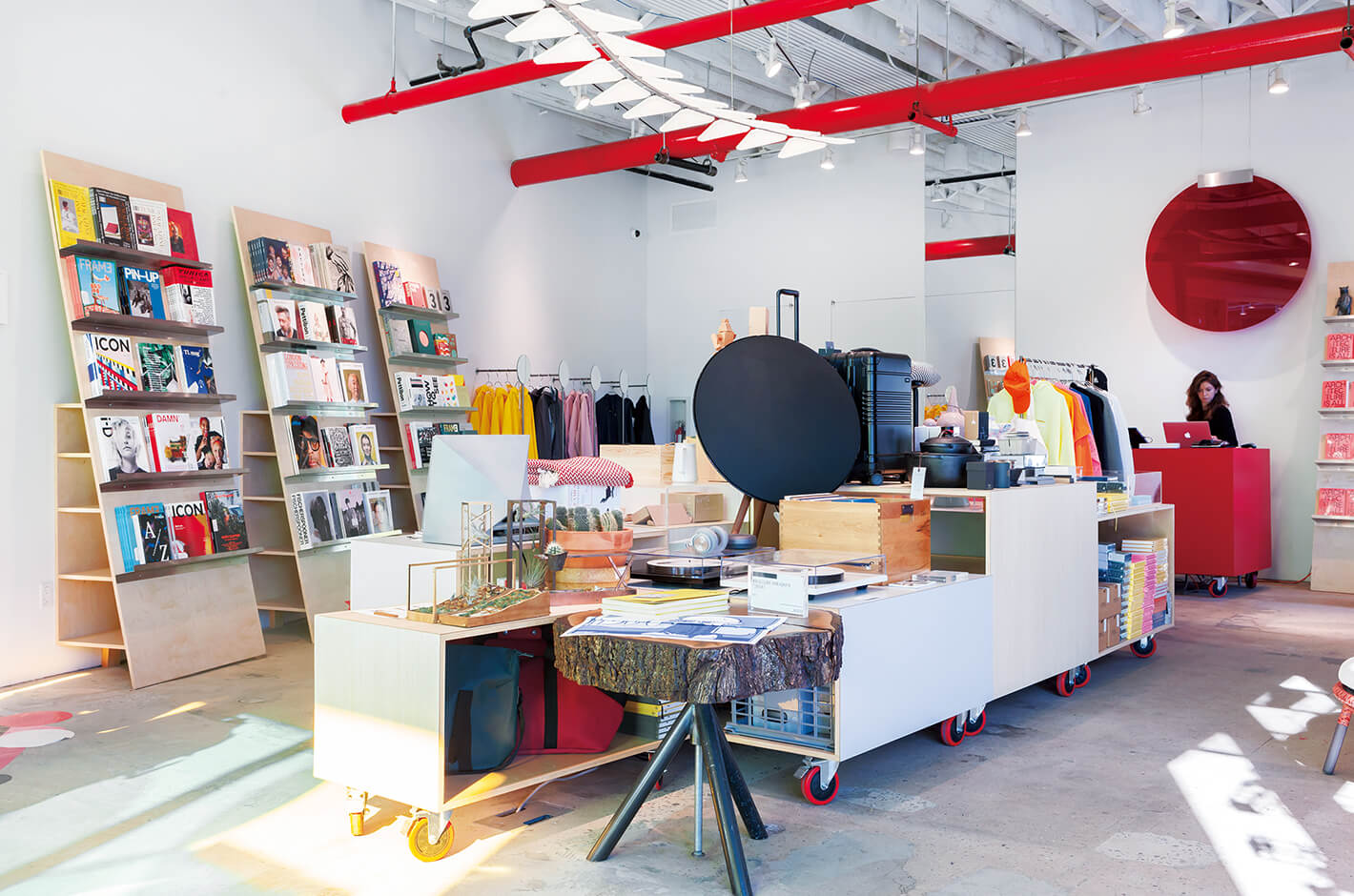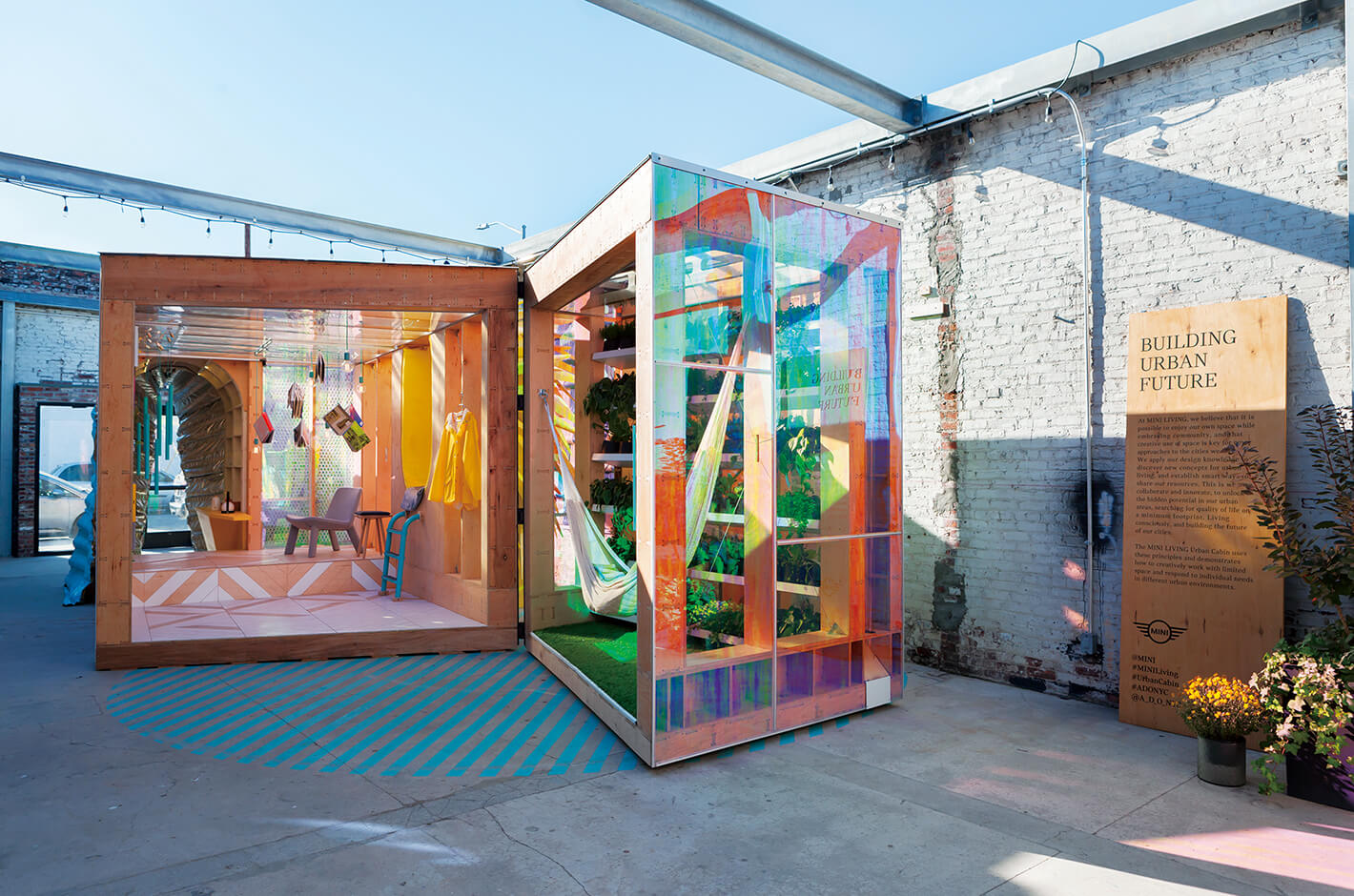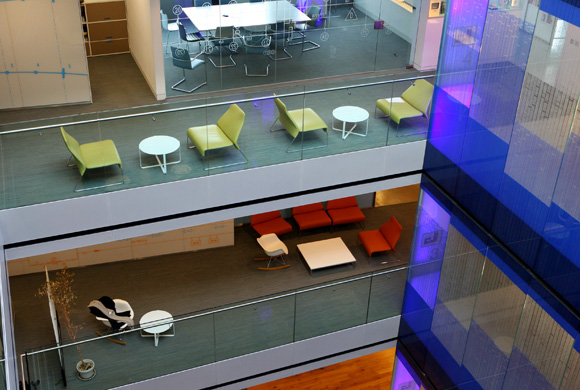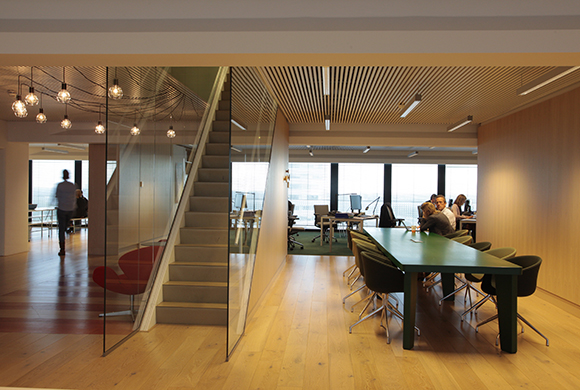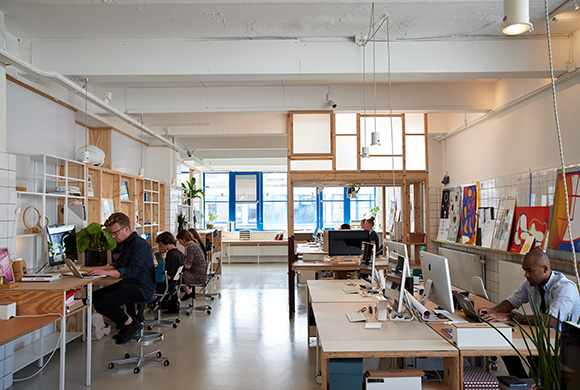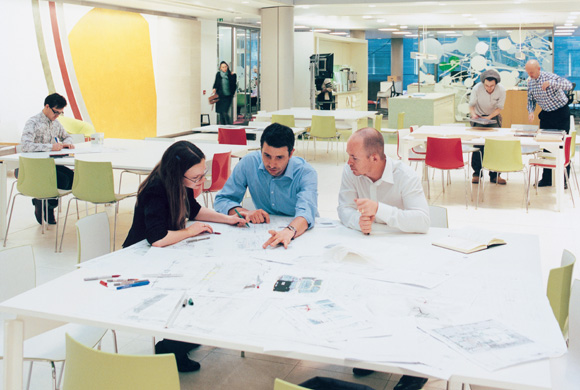Workplace
Jun. 29, 2020
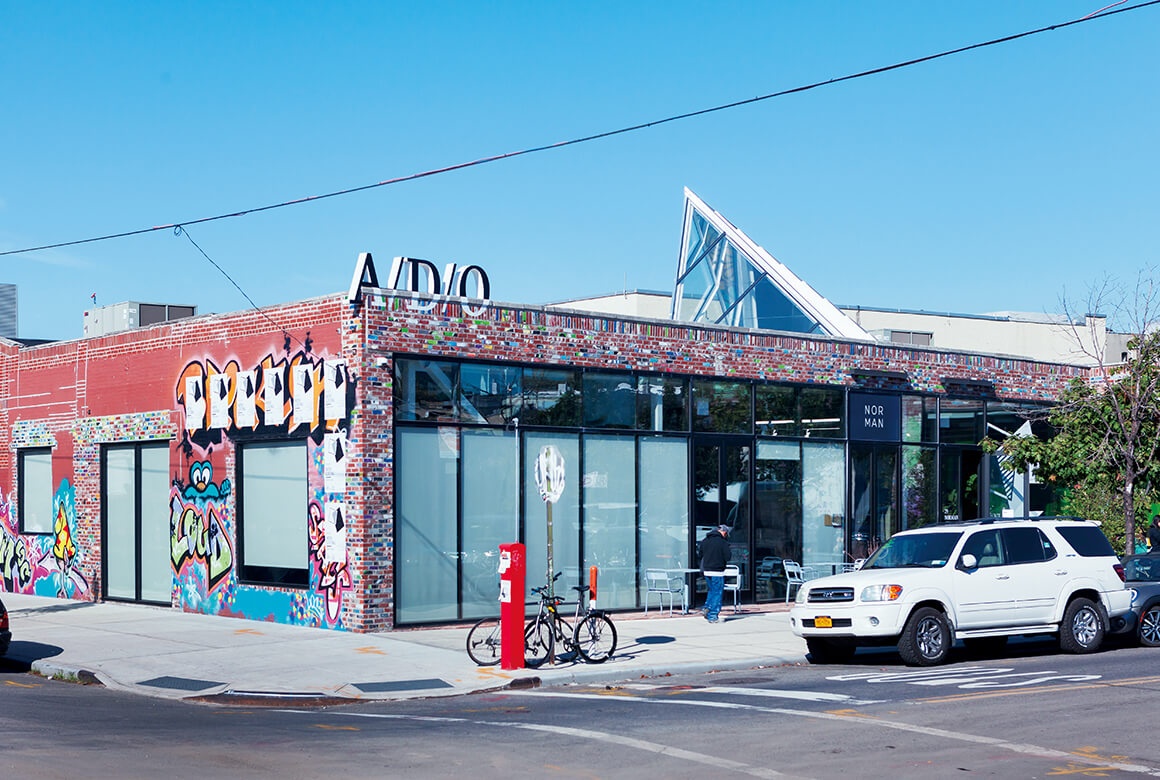
Where the philosophy of MINI intersects with emerging talent
[A/D/O] New York, USA
A/D/O is a Brooklyn-based design institution established by MINI, a global automobile manufacturer. The name comes from “Amalgamated Drawing Office”–the codename of the design team that created the first Mini car back in 1959.
The company sees themselves, as Managing Director, Nate Pinsley puts it, as “a design company oriented towards the future and bringing new products and services that benefit urban life to the world. In doing that we wanted to create a place that was very, very stimulating in creativity and new design.”
With A/D/O as a creative base, the company is aiming to build a new ecosystem for MINI. The complex includes a fabrication lab called The Workspace; Norman, a world-class restaurant by Claus Meyer, a startup accelerator URBAN-X; and a communal, public space that is accessible free of charge. It’s a place where graphic designers, architects, product designers, and other creative types congregate.
Ideas can spark among members or between visitors who bump into each other at an event, leading to innovative collaborations. This is exactly the phenomenon that A/D/O hopes to bring about.
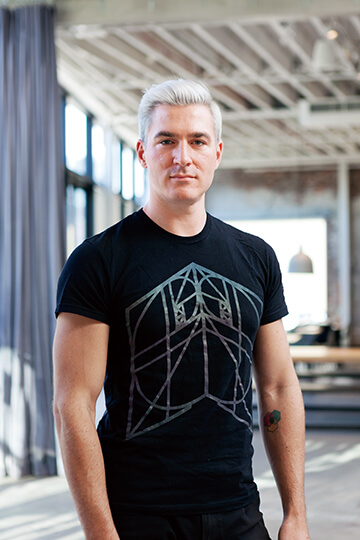
Nate Pinsley
Managing Director
A/D/O
“We have a principal that you get an interesting, serendipitous interaction and new ideas by opening up to the public and letting people make comments you don’t expect…an idea could start by two people coming in just to have coffee,” Pinsley says. “Over the course of time that idea that started in the coffee shop might become a project in the studio…and then the product that comes out of that might be prototyped in our fabrication lab, manufactured somewhere nearby in Greenpoint, sold in the store. And they would come and give a talk to other people about that journey…Looking at that whole lifecycle of design and going from an idea into a product, it could all happen under one roof.”
Of course, merely creating a space and gathering people does not automatically generate collaboration. For that to happen, members must share MINI’s values. Which is why members of the in-house Workspace are selected through a competitive application process, with a 1/10 acceptance rate.
Accepted members are granted access to a large fabrication space, and become part of the community, which is, as Pinsley points out, what differentiates it from a more open-format co-working space. “When we invite people to join as members, we are looking for an ability to add to a greater conversation and have the workspace be more than just a place where people take their laptops out and don’t talk to each other. The kinds of questions we ask are about the projects you are working on, what machines you will be using, and what you might get out of collaborating with other people.”
The in-house accelerator URBAN-X is currently investing in 17 companies. There’s the in-house MINI LIVING, which thinks up homes for the future, and fashion label MINI FASHION, both created so MINI could operate as a design company that brainstorms solutions, products, and services in new territories, with separate genres sharing equal weight in the equation.
The company understands that there are two ingredients necessary to draw out creativity.
One is physical space. Desks, tools, and installations that compose an environment conducive to making. The other is programming. To provide “an environment where people are interested in sharing their viewpoint and ideas about design, and about the future in general,” Pinsley explains. This is the idea behind their Research Programs, programs that frame the themes being explored by A/D/O on a regular basis.
“We don’t talk so much about design in terms of materials or tools or skill building. What we are interested in are ideas about the near future. What will happen in the next five- to 10-year timeframe that will affect us or create opportunities for us as designers? How can we create an interesting path for us in our careers? That’s something that we think creates a really valuable conversation for the people who are visiting, attending and participating in our research programs.”
The reason a German company established an R&D lab in Brooklyn is of course because of the rich creative capital there, but also because of its proximity to the worlds of finance and media. Here there is no worry of missing out on what’s happening at the forefront of design, and Greenpoint in particular is an area with a robust creative community.Even though A/D/O is just shy of one year since opening, it is already functioning as one of Brooklyn’s creative hubs.
“The most important fantasy for success for us is to create work that wouldn’t happen otherwise,” Pinsley says. “Whether it’s…a year from now or five years, designers in their careers and the design community as a whole will say, ‘A/D/O played an important role in bringing this work to life, and as meaningful work and substantial work, and work that we think moves design broadly forward.’ ”
Consultancy for Work Style:N/A
Interior Design:nARCHITECTS
Architect:nARCHITECTS
From WORKSIGHT13 (2018.6)
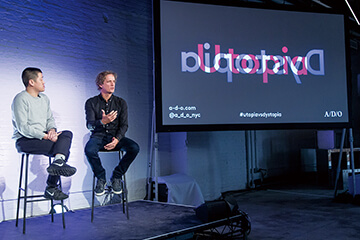
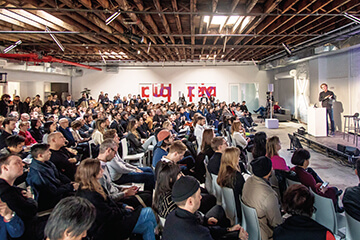
A/D/O values events where people can exchange ideas; the theme for their launch party was “Utopia vs Dystopia: Designing our Imagined Futures.”


